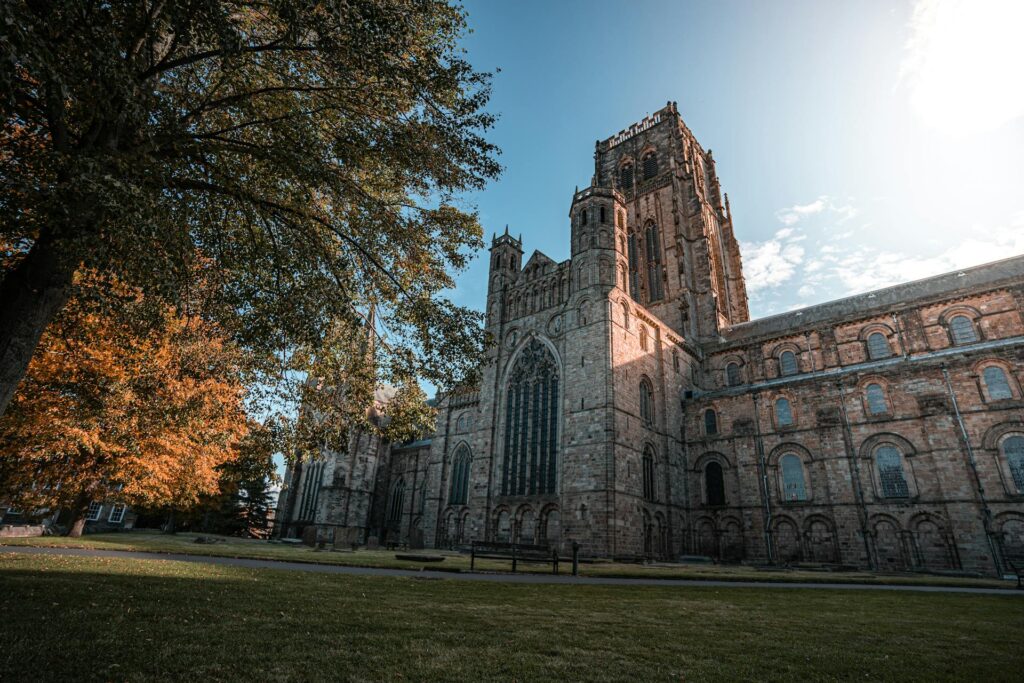 Political and Social Changes
Political and Social Changes
The Norman Conquest of England in 1066, led by William the Conqueror, had profound political and social implications. The conquest established Norman rule over England, leading to significant changes in governance and land ownership. William redistributed land to his Norman followers, displacing the Anglo-Saxon elite and establishing a new feudal hierarchy. This restructuring laid the foundation for a centralized monarchy and feudal system in England.
Legal and Administrative Reforms
The Normans introduced important legal and administrative reforms that reshaped medieval English society. The compilation of the Domesday Book, a comprehensive survey of landholdings and resources, facilitated efficient tax collection and governance. The development of the common law system and the establishment of royal courts helped to standardize legal practices and strengthen the authority of the crown.
Cultural and Architectural Influence
The Norman Conquest also had a lasting impact on English culture and architecture. Norman influences introduced Romanesque architectural styles, leading to the construction of impressive stone castles, cathedrals, and churches. The integration of Norman and Anglo-Saxon traditions enriched English art, literature, and language, contributing to the cultural fusion that characterized medieval England.
Conclusion
The Norman Conquest significantly transformed medieval England, influencing its political structure, legal system, and cultural landscape. The legacy of Norman rule is evident in the enduring architectural and cultural contributions that continue to shape English heritage.
